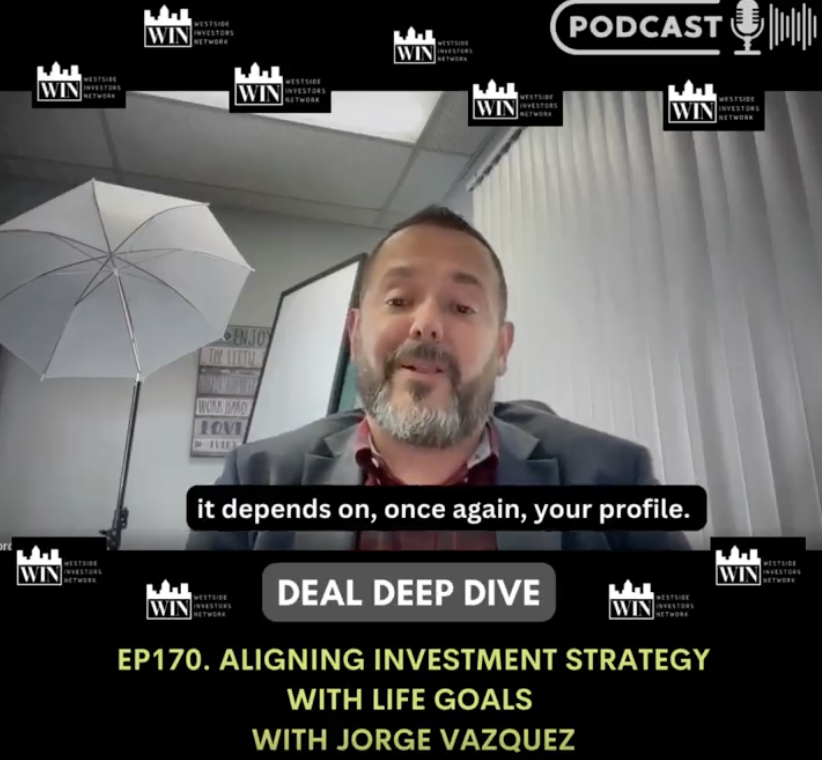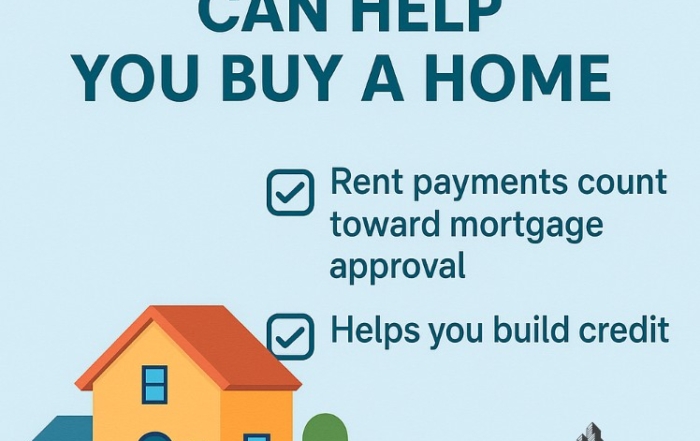
I jumped on an interview with Uptown Syndication, where we talked about something most investors overlook—how to diversify your rental portfolio like stock pros diversify their assets. This isn’t just buying random properties… it’s about playing smarter, not just bigger.
Everybody gets the idea of not putting all your eggs in one basket when it comes to stocks. You get a little Apple, a little Tesla, maybe a few dividend stocks for stability. But when it comes to real estate, so many folks go all-in on one strategy, one city, or one type of tenant. And that’s a setup for a rocky ride.
Let me break down how I think about diversification in rentals—using stock market terms to make it easy.
For context, my own portfolio is currently about 80% long-term rentals and 20% short-term rentals. That balance helps me stay cashflow positive while also having the flexibility to grow equity faster through short-term plays.
1. Short-Term Rentals = Equities (High Risk, High Reward)
Think of your Airbnbs, corporate rentals, or even travel nurse pads as your growth stocks. These babies can cashflow hard—especially in vacation spots or big cities—but they’re also more volatile. Regulations change. Seasons shift. You gotta manage them tight or hire someone good.
Use these to grow fast, but don’t make them your whole portfolio. Just like you wouldn’t put 100% of your IRA in tech stocks, right?
Short-term rentals can be fantastic in the right area and with the right systems. But if the city bans Airbnb tomorrow? You better have a Plan B.
2. Long-Term Rentals = Bonds (Steady, Boring, Reliable)
These are your buy-and-holds, your Section 8s, or those duplexes you’ve had since 2014 that just hum along. They won’t double overnight, but they’ll pay your bills every month like clockwork. That’s your bond equivalent.
In my own portfolio, I always make sure I have these holding down the fort while the short-term stuff takes bigger swings.
And trust me, when the market shifts, you’ll be thankful for the consistent rent deposits and low turnover. It’s peace of mind.
3. Diversify by Location
Florida’s been amazing for me. But I don’t want all my units on the same street. If insurance spikes or a storm rolls through, I’m exposed. So what do I do? I look at multiple cities. Tampa, Orlando, Frostproof—even across state lines if the numbers make sense. Geographic diversity helps smooth out market dips.
I also look at population growth, job markets, and landlord-friendly laws. One zip code shouldn’t dictate your whole portfolio’s performance.
4. Diversify by Property Type
-
Single-family homes
-
Duplexes/Triplexes
-
Small multifamily
-
Mobile homes
-
Even vacant land (sometimes)
Different properties serve different purposes. I’ve used duplexes for BRRRRs, single-families for Airbnb, and even manufactured homes for cashflow plays. Each one performs differently during economic ups and downs.
Mobile homes and manufactured housing, for example, tend to hold up well in recessions because of affordability. Meanwhile, luxury single-families might sit vacant longer.
5. Diversify by Class (A, B, C)
This one’s big.
-
A-class = newer, nice areas = appreciation
-
B-class = middle-ground = balance of value and rent
-
C-class = older, maybe rougher = high cash flow if managed right
Too many folks chase just one. I blend all three. Why? Because they perform differently in different markets. When luxury slows down, C-class cash flow usually holds up.
Class A might be easier to manage but bring lower returns. Class C might require more tenant screening, but if you have good systems, it pays off.
6. Diversify by Financing Strategy
Don’t just get stuck doing one thing. Use the tools:
-
DSCR loans for cashflow properties
-
Subject-to deals for no-money-down opportunities
-
Seller financing for creative buys
-
BRRRR when you want to recycle capital fast
Each strategy gives you different risk/reward profiles.
For example, subject-to can be powerful, but if the mortgage gets called, are you ready? DSCR gives you leverage without tax returns, but you’ll need that rent to cover the debt. Know the tools, use the right one for the job.
7. Diversify by Tenant Base
This one’s often overlooked. You want a mix of:
-
Long-term tenants
-
Short-term guests
-
Government programs (Section 8)
-
Corporate tenants
The goal? If one group stops paying, you still have others. During COVID, long-term Airbnb guests saved some investors. Section 8 still paid when others couldn’t. Corporate tenants sometimes cover the rent even if the unit is empty.
BONUS: Become the Lender (The Ultimate Diversification Move)
Now here’s a curveball most people miss. You don’t have to always be the buyer. Sometimes, be the bank.
Private lending is like owning bonds with real estate as collateral. You put up the capital, get paid interest, and if things go sideways, you can foreclose and grab the asset.
I’ve done this multiple times when I had more cash than time. I lend to flippers or landlords with good track records. It’s passive. It’s secured. And it adds another layer of diversification to your portfolio.
Whether it’s 10%, 12%, or even equity splits, this can add real income without tenants, toilets, or termites. Just make sure your paperwork’s tight and you vet who you lend to.
Final Thoughts
If you’re only buying the same type of property in the same area with the same loan… you’re not investing—you’re gambling. The smart move is to mix it up like a good investment portfolio. Think like an asset manager, not just a landlord.
And you don’t need 100 doors to start thinking this way. Even if you own just 3 or 4 properties, you can already start diversifying.
Real estate gives you lanes. Drive in a few.
👉 I go deeper into this in my chat with Uptown Syndication. We covered how to play both offense and defense in real estate and how I built my current portfolio using these exact principles.
Listen here: https://bit.ly/3HDLUmx
Keep it consistent, stay patient, stay true—if I did it, so can you!
Ready to connect and strategize?
Contact me at http://graystoneig.com/ceo –
Jorge Vazquez, CEO of Graystone Investment Group & Coach at Property Profit Academy
Pick your expert. Book your free 15-minute consult now. We are here to help!
Our Top Articles
“I’m No Crypto Expert, But…”: How I Turned Rent Money Into Bitcoin—and Why It Might Matter in Real Estate Now
“I’m No Crypto Expert, But…”: How I Turned Rent Money Into Bitcoin—and Why It Might Matter in Real Estate [...]
Your Rent Can Now Help You Buy a House
Your Rent Can Now Help You Buy a House (Yes, It’s Official) I was taking lunch while listening to [...]
Got a Call from the Tampa Bay Times Today… Let Me Tell You What Happened
Today was just a regular workday. I had some calls lined up, was checking in with [...]
Property Profit Academy:
✔ Learn to buy properties with little to no money down.
✔ Build a $10M portfolio step by step.
✔ Master strategies like BRRRR and house hacking.









